13. August, 2025delish0
When meeting the special needs of niche industries, film slitting machines need to be realized through customized design and flexible production. The following is a detailed analysis of the solution from three dimensions: technology, process and application:
1. Core technology customization direction
1. Material adaptability upgrade
◦ Special film treatment: For medical antibacterial film, optical diffusion film and other materials, it is necessary to be equipped with:
▪ Anti-static slitting knives (e.g., diamond-coated knives)
▪ Constant tension system (accuracy ±0.5N)
▪ Cleanroom slitting environment (Class 1000)
◦ Case: Lithium battery separator slitting needs to be increased:
▪ Online Defect Detection (CCD+Infrared Composite Sensor)
▪ Burr control (laser micron-level trimming)
2. Intelligent control system
◦ Niche industries often require:
▪ Multi-stage tension curve (e.g. 3-stage tension switching is required when slitting electronic tape)
▪ Dynamic deviation correction (photoelectric + ultrasonic dual sensing, accuracy ± 0.1mm)
▪ Recipe memory function (can store 50+ process parameters)
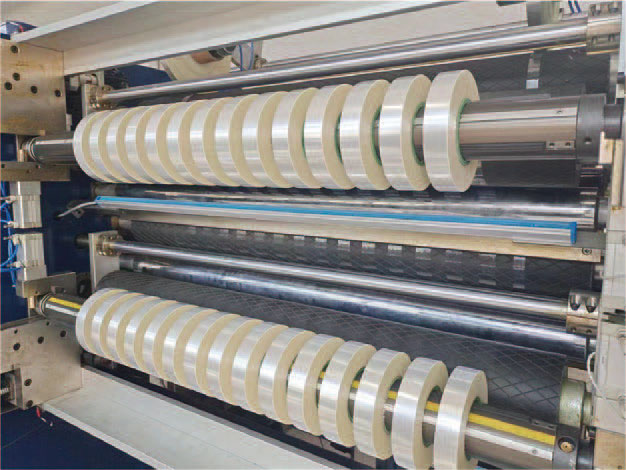
2. Special process solutions
| Industry demand | Technology implementation plan | Key parameter requirements |
| Ultra-narrow slitting | Zero gap tool holder + air float rewinding | The minimum slitting width is 0.3mm |
| Heteromorphic slitting | Servo cross-cutting system + 3D visual guidance | The profile accuracy ± 0.05mm |
| Thermal film slitting | Liquid nitrogen cooling system + cryogenic environment chamber | Operating temperature -30°C~+50°C |
| Transparent conductive film | Non-contact tension control + ionic air cleaning | Surface resistance fluctuations≤5% |
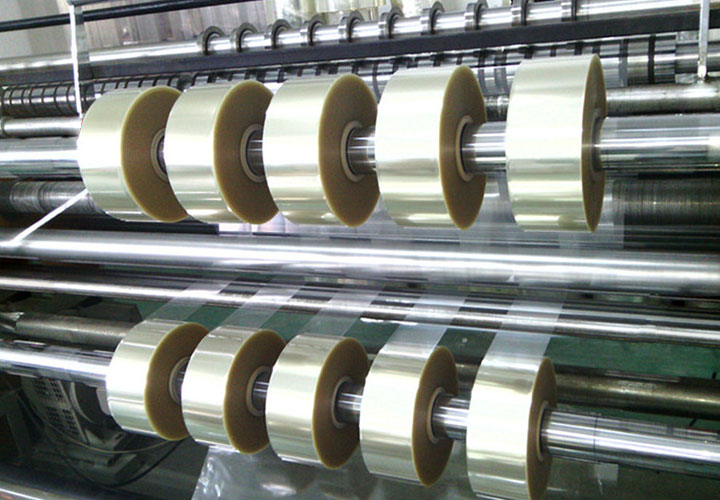
3. Application cases in typical niche industries
1. Aerospace-grade polyimide film
◦ Pain points: poor material ductility and easy delamination
◦ Solution:
▪ Magnetic levitation slitting technology is adopted
▪ Add a pre-heating module (80°C±2°C)
▪ A vacuum adsorption transfer system is used
2. Quantum dot display membrane
◦ Special Requirements:
▪ Metal contact is prohibited during the slitting process
▪ A cleanliness level 100 environment is required
◦ Customized Solutions:
▪ Ceramic slitting tools
▪ Integrated FFU filtration unit
▪ Static Eliminator (within ±3V)
3. Degradable agricultural film
◦ Innovative Design:
▪ Bio-coated guide rollers (anti-stick)
▪ Humidity controlled slitting chamber (RH45%±3%)
▪ Online Thickness Monitoring (β-ray Thickness Gauge)
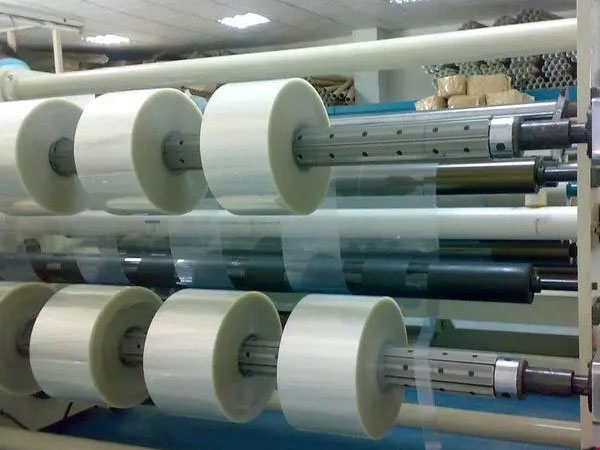
4. Implementation path suggestions
1. Deep mining of demand
◦ Establish a material laboratory for preliminary testing
◦ Adopt the QFD (Quality Function Expansion) approach to transform customer needs
2. Modular design
◦ The basic model retains 30% of the customization space
◦ Quick module change (e.g., anti-static/normal mode switching within 2 hours)
3. Verify the system
◦ Establish a database of niche materials (including 500+ material parameters)
◦ Implement DOE experimental design optimization processes
5. Future trends
1. Digital twin technology: Virtual slitting verifies process feasibility in advance
2. AI Adaptive Control: Automatically optimizes slitting parameters through machine learning
3. Micro Slitting Units: Develop desktop-level equipment to meet the needs of R&D institutions in small batches
Through the above customized strategy, the film slitting machine can meet the needs of more than 95% of niche industries, shorten the delivery cycle of special orders to less than 1.5 times that of conventional products, and achieve economical production in niche markets.



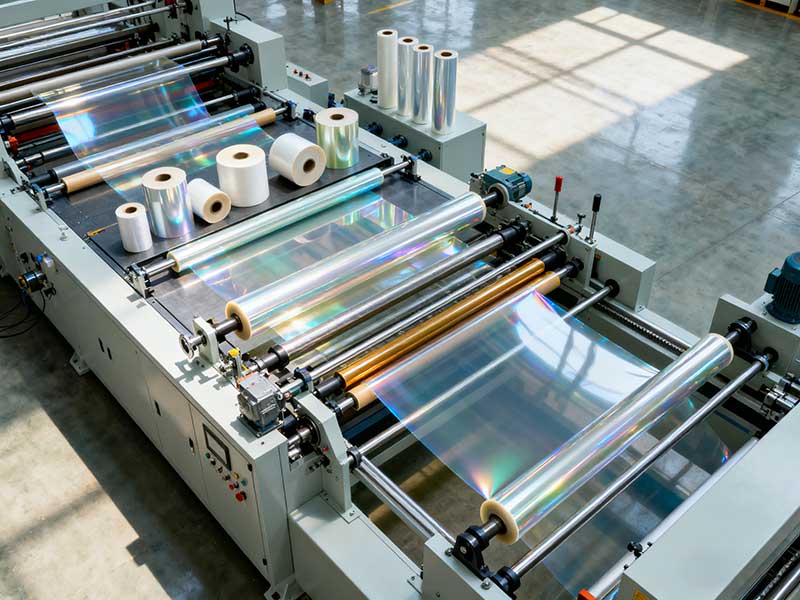
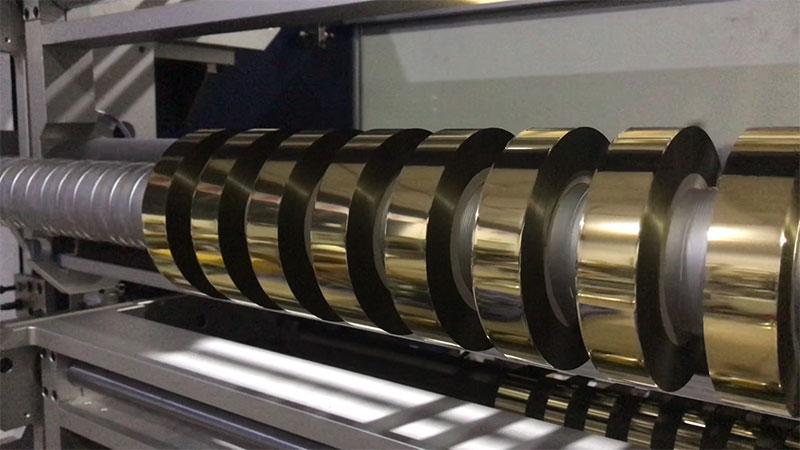
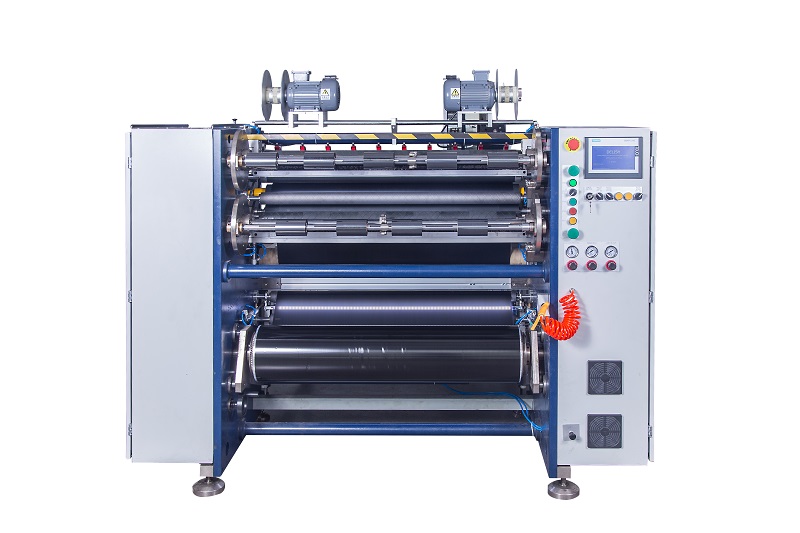
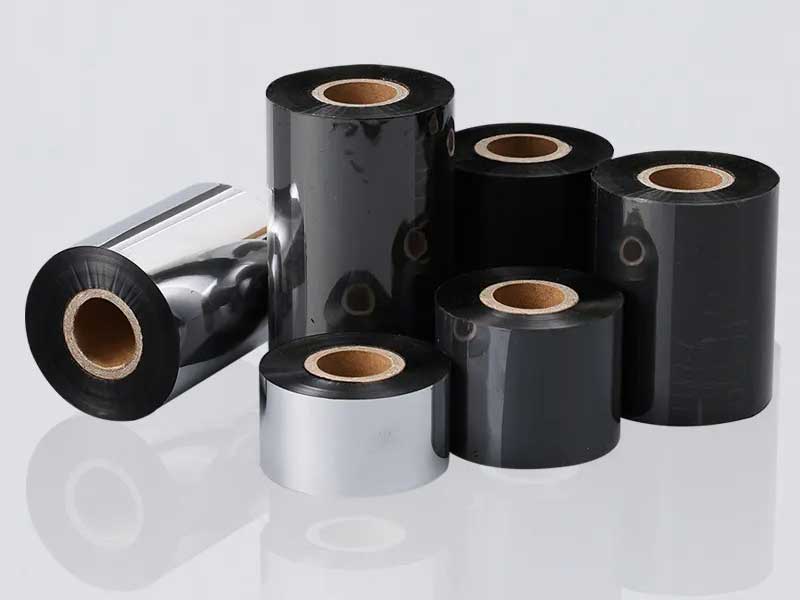
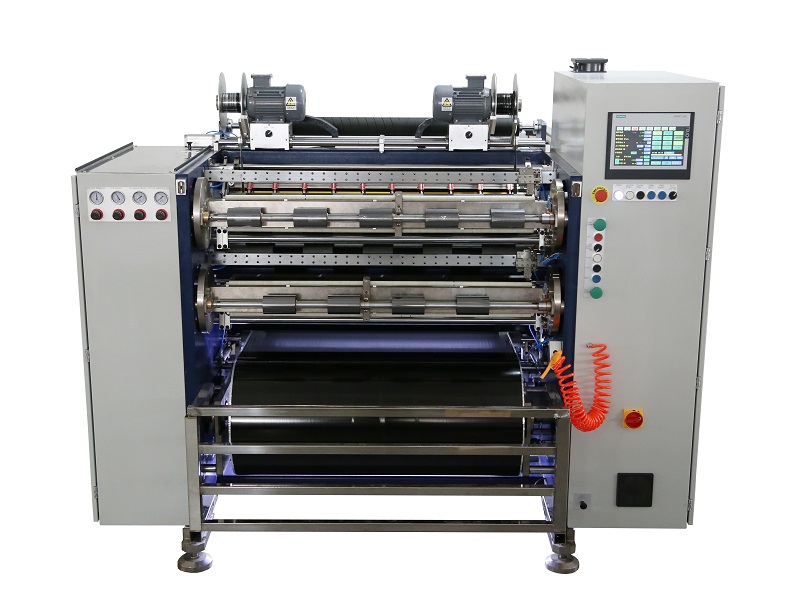 Fully Automatic TTR Slitter RSDS8 Plus
Fully Automatic TTR Slitter RSDS8 Plus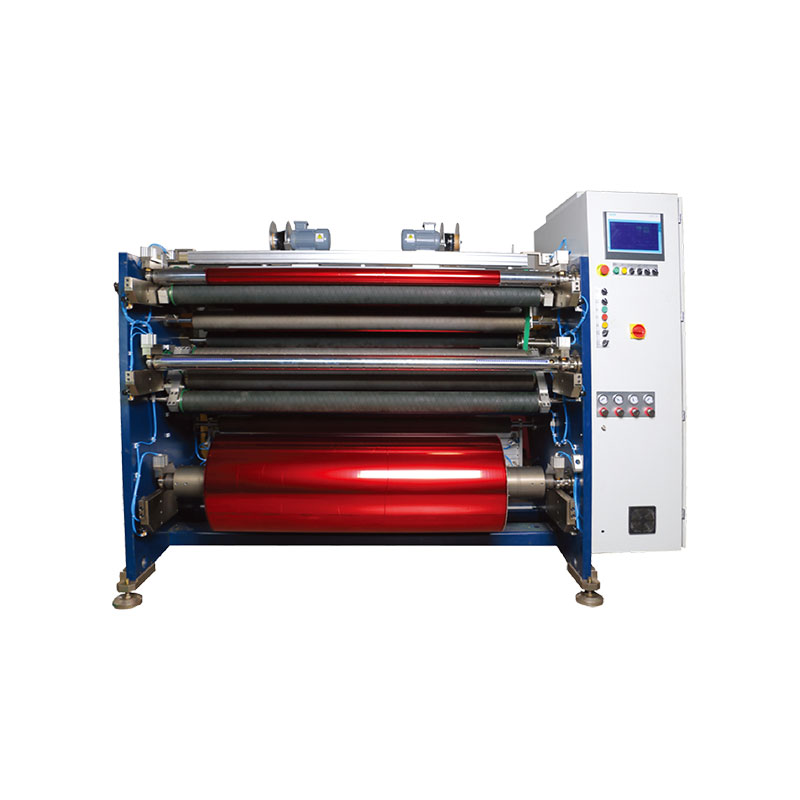 Hot Stamping Foil Slitter 1600mm
Hot Stamping Foil Slitter 1600mm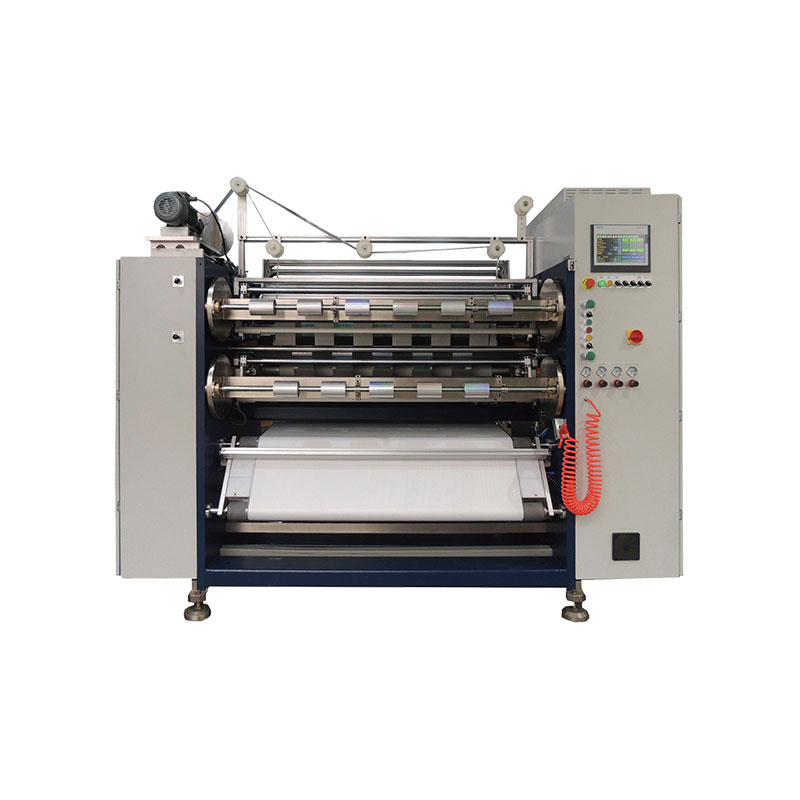 Hot Stamping Foil Slitter (4 Shafts)
Hot Stamping Foil Slitter (4 Shafts)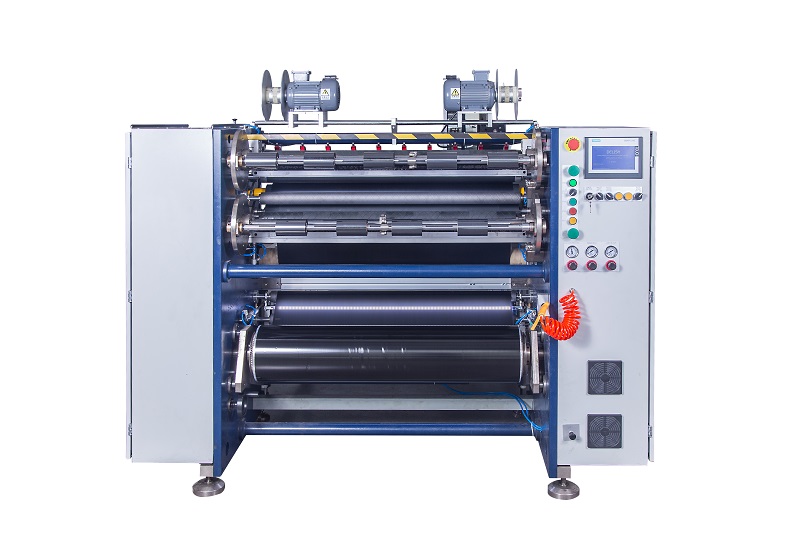 Semi-Auto TTR Slitter RSDS2 Plus
Semi-Auto TTR Slitter RSDS2 Plus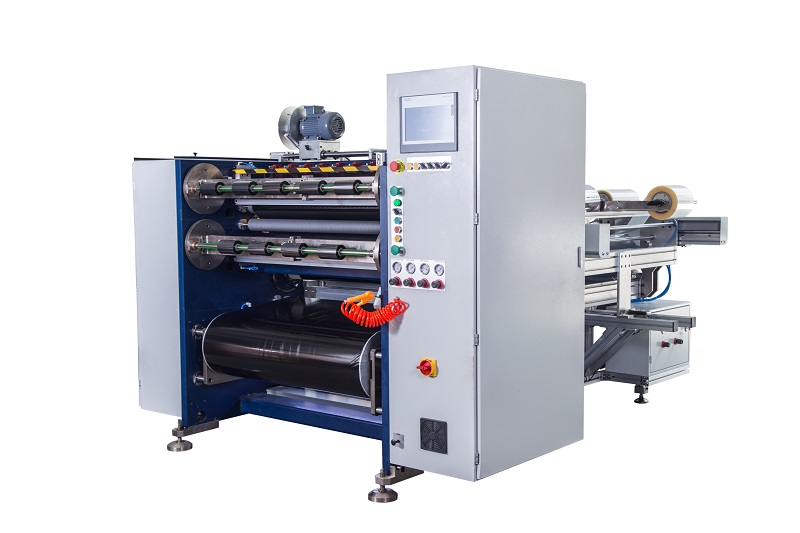 Semi Automatic TTR Slitter RSDS5 Plus
Semi Automatic TTR Slitter RSDS5 Plus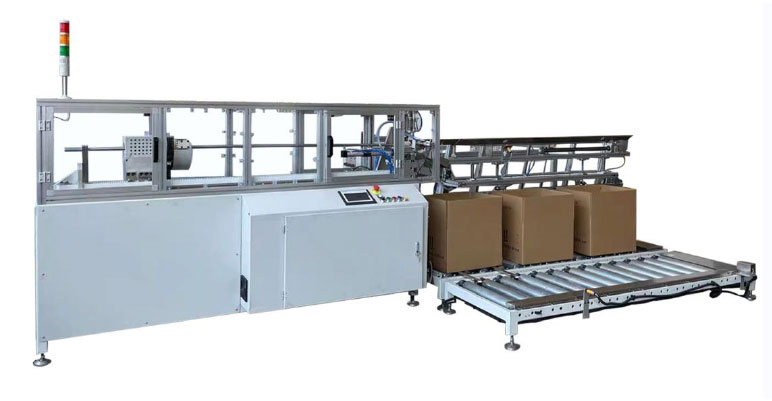 Auto Paper Core Cutter
Auto Paper Core Cutter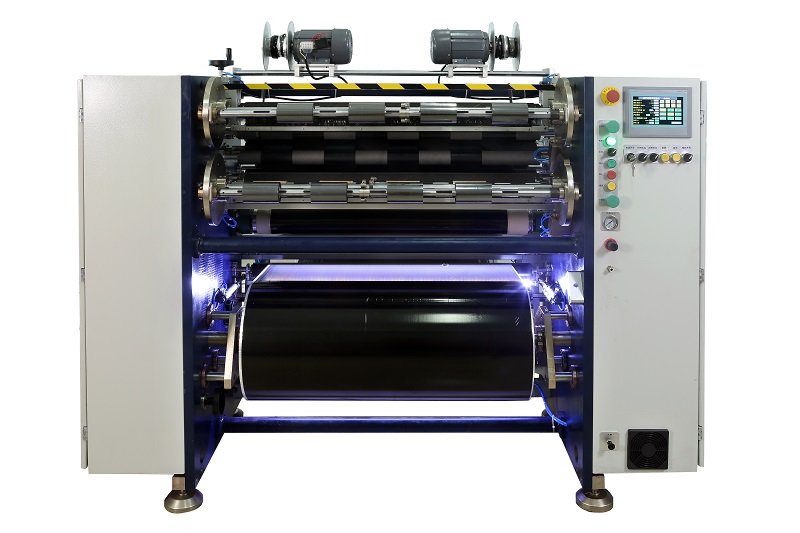 Manual TTR Slitter RSDS2
Manual TTR Slitter RSDS2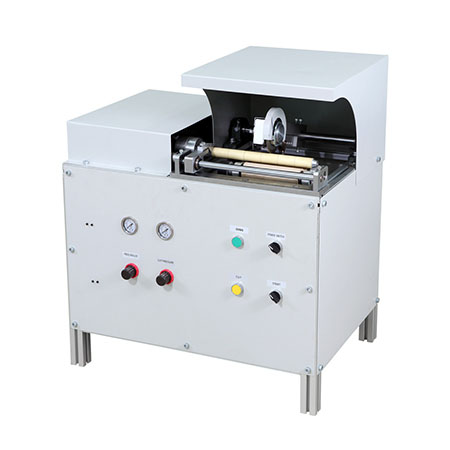 Manual Paper Core Cutter
Manual Paper Core Cutter





